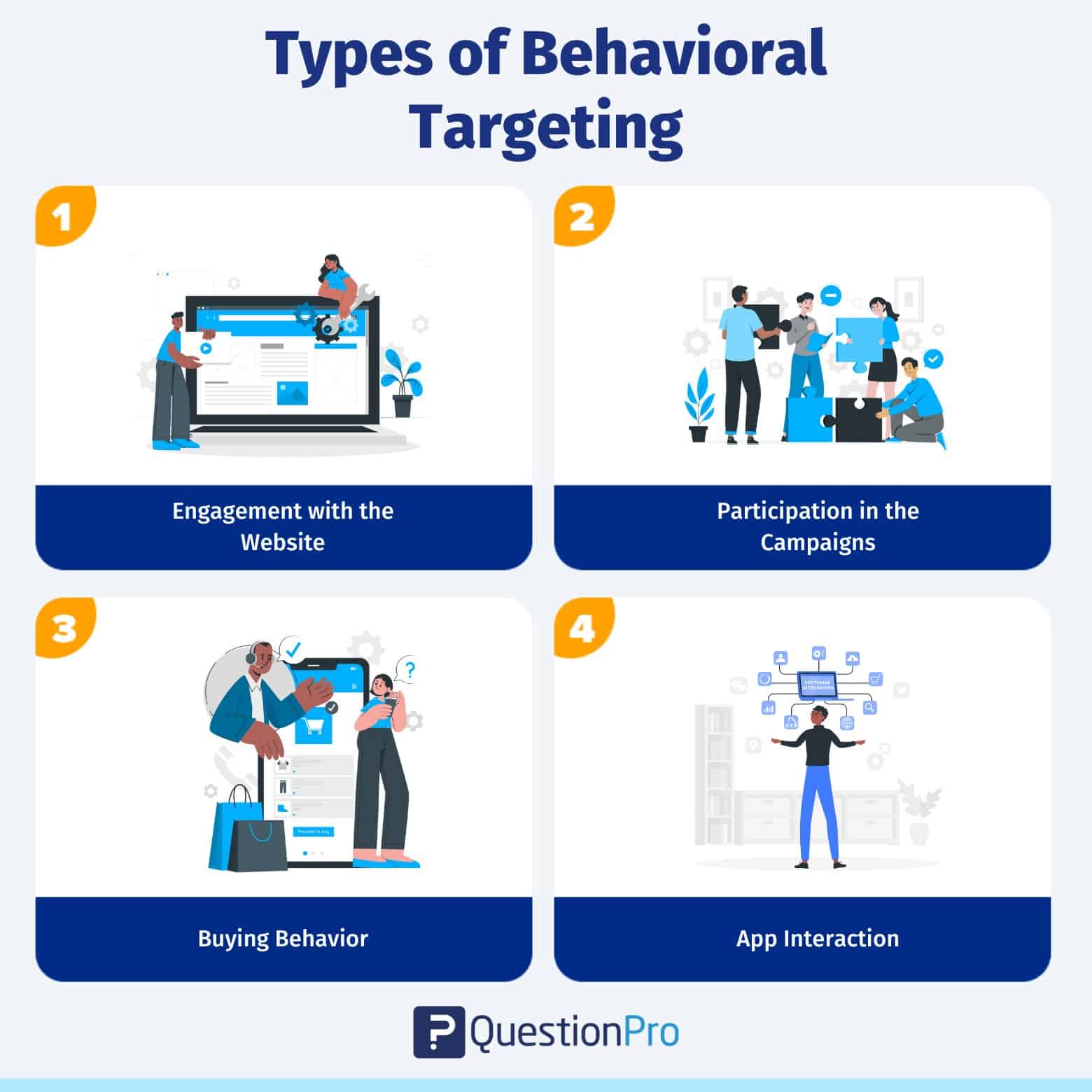Behavioral targeting is a marketing technique that uses user data to deliver personalized ads. It improves ad relevance and effectiveness.
Behavioral targeting relies on data collected from users’ online activities. Marketers analyze browsing behavior, search history, and purchase patterns to understand preferences. This data helps create targeted ads that resonate with individual users. By focusing on user interests, behavioral targeting increases engagement and conversion rates.
Advertisers can deliver tailored content, enhancing the user experience and boosting brand loyalty. This method also allows businesses to optimize their ad spend. Behavioral targeting ensures that ads reach the right audience at the right time, making marketing efforts more efficient. This approach has become essential in digital marketing strategies, providing measurable results and improved ROI.

Credit: smartyads.com
The Essence Of Behavioral Targeting
Behavioral targeting uses data to show ads to the right people. This data comes from users’ online actions. Clicking, searching, and browsing all leave data trails. Marketers study these trails to understand user interests. Then, they show ads that match these interests. This makes ads more relevant and interesting. Users see ads they care about. This leads to higher engagement and satisfaction.
Behavioral targeting helps marketers reach their goals. Ads become more effective and efficient. Higher click-through rates mean more people click on ads. Better conversion rates lead to more sales and sign-ups. Marketers can also save money. They spend less on ads that do not work. This makes their ad budget go further. Increased ROI means better returns on their investment. Marketers build stronger connections with their audience.
Key Components Of Behavioral Targeting
Behavioral targeting starts with data collection. Companies gather data from various sources. They use cookies to track user activity on websites. Another method is browser fingerprinting, which collects details about the user’s browser. IP addresses help to determine user locations. Mobile app data also plays a role in collecting information. These methods help to understand user interests and habits.
Once data is collected, companies analyze user behavior. They look at browsing history to see what users like. Purchase history shows what users buy. Time spent on pages indicates interest levels. Click patterns reveal what catches the user’s eye. These insights help companies to create targeted ads. By doing this, ads become more relevant to users.
Techniques And Tools
Cookies are small files stored on a user’s device. They help track user behavior on websites. Tracking pixels are tiny images embedded in web pages. They collect data about user interactions. Both tools are essential for behavioral targeting. They provide valuable insights into user preferences and actions.
Advanced analytics platforms analyze vast amounts of data. They use machine learning to predict user behavior. These platforms offer detailed reports and visualizations. They help marketers create personalized campaigns. Tools like Google Analytics and Adobe Analytics are popular choices. These tools improve targeting accuracy and campaign effectiveness.

Credit: clearcode.cc
Privacy Concerns And Ethical Considerations
Legal frameworks guide how companies use data. Following these rules builds trust. Not obeying laws can lead to big fines. People want their data safe. Companies must be careful with personal info. They should also be clear about data use. Transparency is key. Clear policies help users feel safe. Users should know their rights. They should also know how their data is used. This builds trust and loyalty.
Trust is very important. Users need to feel safe. Being honest builds trust. Companies should explain data use. Simple language helps. Clear policies make users happy. Happy users stay loyal. Trust grows over time. It is important to keep promises. Users notice if companies lie. Lies hurt trust. Good practices build strong relationships. Strong relationships lead to success.
Case Studies: Success Stories In Behavioral Targeting
Amazon uses behavioral targeting. They suggest items based on your past behavior. This helps to increase sales. Customers feel the platform understands them. Personalized recommendations keep users engaged. This method boosts customer loyalty. Sales increase due to targeted ads. It shows the power of behavioral targeting.
Netflix uses behavioral targeting. They recommend shows based on viewing history. This keeps users on the platform longer. Personalized suggestions increase user satisfaction. They feel more connected to the service. This strategy helps Netflix grow its audience. Behavioral targeting enhances the user experience. It boosts engagement and retention.
Future Trends In Behavioral Targeting
AI and machine learning are transforming behavioral targeting. These technologies can analyze vast amounts of data quickly. They help in predicting customer behavior with high accuracy. This allows businesses to offer personalized experiences. AI can adapt and learn from new data. This makes targeting even more precise over time. Machine learning algorithms can identify patterns humans might miss. This results in more effective marketing campaigns.
Big data plays a crucial role in behavioral targeting. It provides insights into customer preferences and behaviors. Large datasets can reveal trends and patterns. These insights help in creating more targeted marketing strategies. Businesses can track real-time data to stay updated. This ensures marketing efforts are always relevant. Big data enables better segmentation of audiences. This leads to higher engagement and conversion rates.

Credit: www.questionpro.com
Frequently Asked Questions
What Is Behavioral Target Description?
Behavioral target description involves segmenting audiences based on their behaviors, actions, and interactions. It helps in delivering personalized content.
What Are The Behavioral Targeting Categories?
Behavioral targeting categories include interests, purchase history, browsing behavior, location, device usage, and engagement level. These help in personalized marketing.
What Is Behavioral Advertising?
Behavioral advertising targets users based on their online behavior, such as browsing history and past purchases. It aims to show relevant ads. This method enhances user experience and increases ad effectiveness.
How Does Amazon Use Behavioral Targeting?
Amazon uses behavioral targeting by analyzing user browsing and purchase history. This helps personalize product recommendations and advertisements.
What Is Behavioral Targeting?
Behavioral targeting is a marketing strategy that uses consumers’ behavior data to deliver personalized ads.
Conclusion
Behavioral targeting is a powerful tool for marketers. It helps deliver personalized content to users. By understanding user behavior, businesses can enhance engagement and conversions. Implementing this strategy ensures more relevant ads and improved user experience. Stay ahead by leveraging the potential of behavioral targeting in your marketing efforts.
